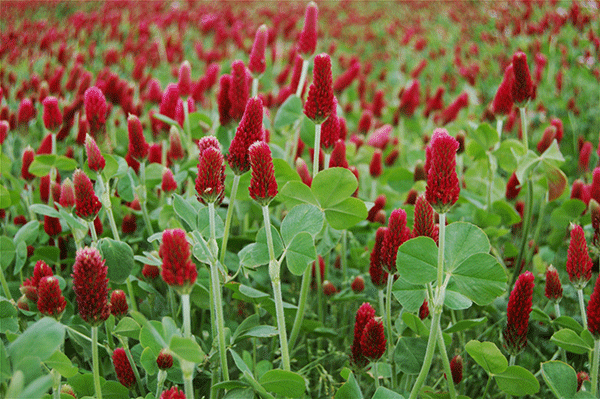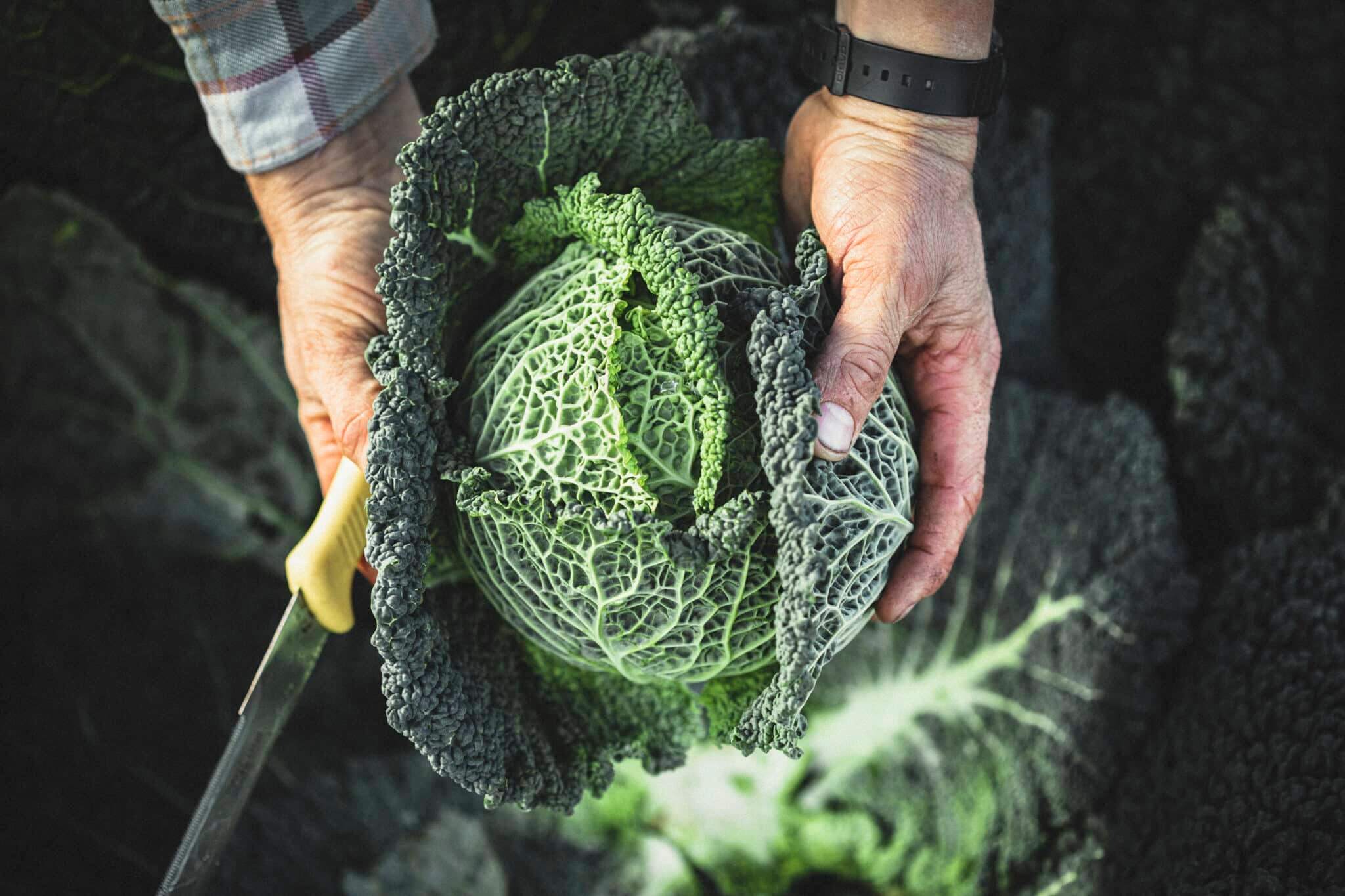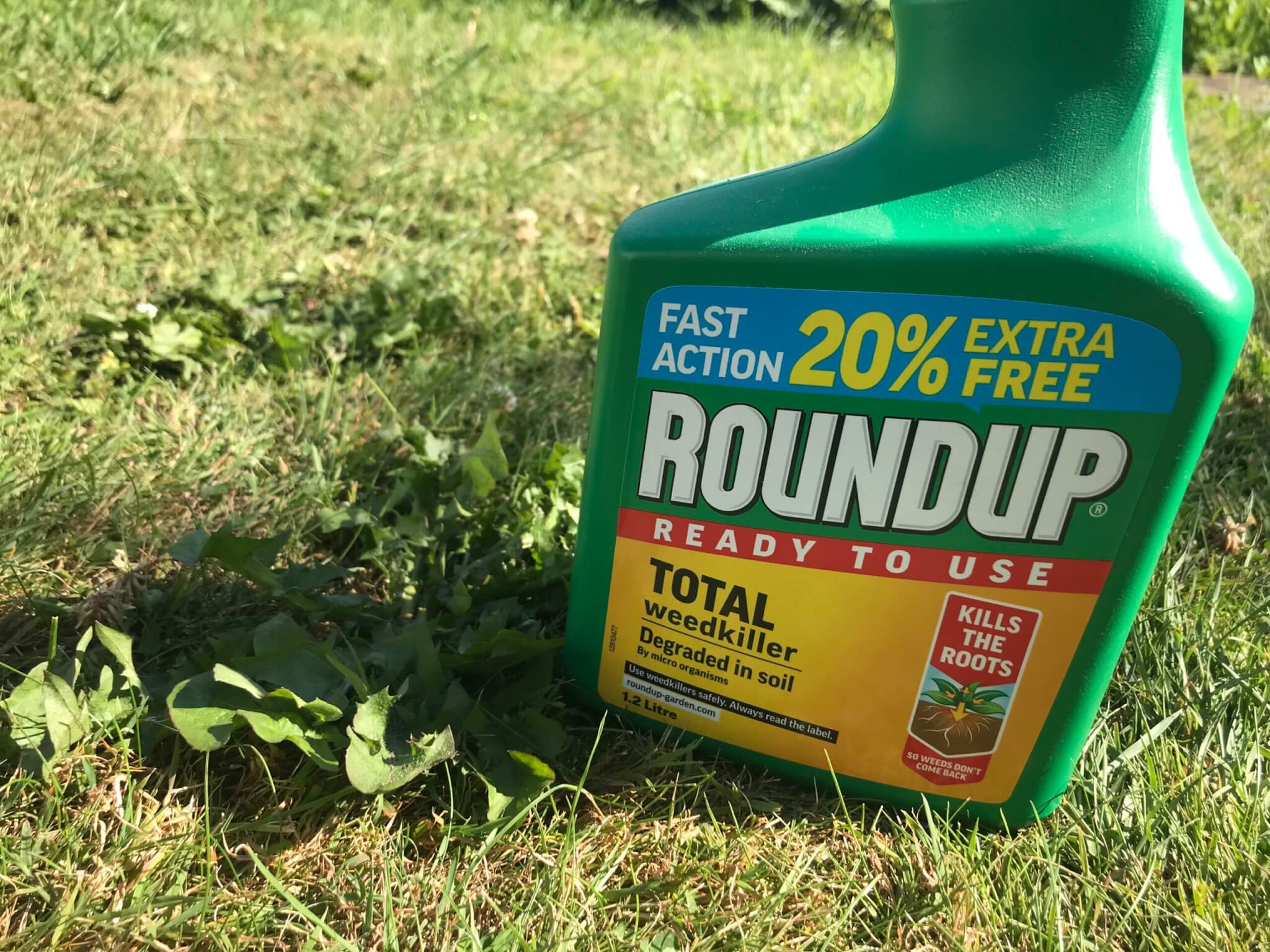We all know that plants get their nourishment from the soil. But did you know that some plants can give more than they take? They actually help feed the soil they grow in. I thought it would be interesting to dig deep and find out a bit more about them.
First the technical bit. Traditionally, plants use their roots to take up nutrients and moisture from the soil to feed their leaves, flowers and fruits. These nutrients are many and varied, but the top three are nitrogen, phosphate and potassium (N, P and K).
Nitrogen helps green leaf development as the plant needs it to create chlorophyll; phosphate helps root development, that all important part of the plant which is usually out of sight; and potassium supports flower and fruit development.

Adding fertiliser to the soil will boost its N, P and K. But synthetic chemical fertilisers – the sort you buy – are either mined or made from natural gas, so they are damaging to the environment to produce. They can also pollute the soil and damage or kill the sensitive micro-organisms that make up a healthy soil life. Which is why the sustainable, organic gardener use home-made compost or manure as a soil improver.
But what if the plants can fertilise the soil themselves? It’s a brilliant concept, which many growers have actually known about for years. If you grow beans and legumes, they will mop up and hold onto soil nutrients in their roots.
Then there’s clover, which actually grabs nitrogen from the air. It brings it down to the soil and stores it in nodules on its roots. Others like lucerne have long tap roots which bring up the minerals from deep within the soil.

For want of a better phrase, they are all known as ‘green manures’. To make them work in your growing area, there are a few things to remember. Once grown, you need to dig the plants in. This should be done before they get woody or flower. That way the foliage, stems and roots all provide organic matter which – as they break down – release the nutrients into the soil.
By the way, it’s a big myth that beans provide nitrogen throughout their growing life. Once they flower and set seed they have absorbed the goodness for themselves – so be sure to cut them down before this happens. Sadly, you can’t get a bean crop and expect the plant to act as a nutrient provider for others.
I’m already planning when to sow my generous ‘green’ plants. It’s worth thinking of them as ‘catch’ crops – growing in empty soil between different veg harvests. And some, such as vetch, can be sown in late summer, ready to feed the soil during winter. To find out more about green manures, how and when to grow them, visit the Garden Organic website.
The Grow Your Own Wicked Leeks series is written by Garden Organic, the national charity for organic growing.
Each month we bring you timely advice on what to do in your organic patch. We hope they inspire you on your organic growing journey, whether you’re an experienced grower or just starting out. Share your own tips and gardening photos on social media under #GYOWickedLeeks.













Growing clover or vetch over winter in a garden, I think, is a waste of space. You could grow edible plants instead: land cress, corn salad, miners lettuce, rocket, or even kale. All the N,P,K you want is freely available from your bladder. At approx. 1.5 litres per square metre, diluted, and applied to soil a few days before sowing beetroot, it will increase yield fivefold; applied in potato trench or after backfilling it will double the yield. Brassicas and leeks will also benefit hugely. Most crops will benefit (broad beans don’t) but amounts and timing – no time to mention here.
Digging-in a cover crop is a waste of time and energy. Digging – any cultivation – introduces unnatural level of oxygen which allows decomposing bacteria to increase. They break down organic matter which releases carbon as CO2. Also, nitrate is released into the soil. There needs to be a crop growing asap, otherwise the N will be leached out if it rains.
In spring, rocket can be pulled up, land cress also but a bit more difficult. Corn salad and miner’s lettuce can be hoed off, leaving the organic matter in the ground undisturbed, along with all those lovely little channels made by roots and worms that facilitate rain infiltration and drainage.